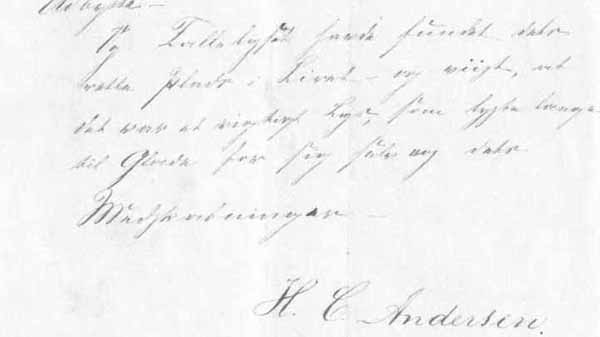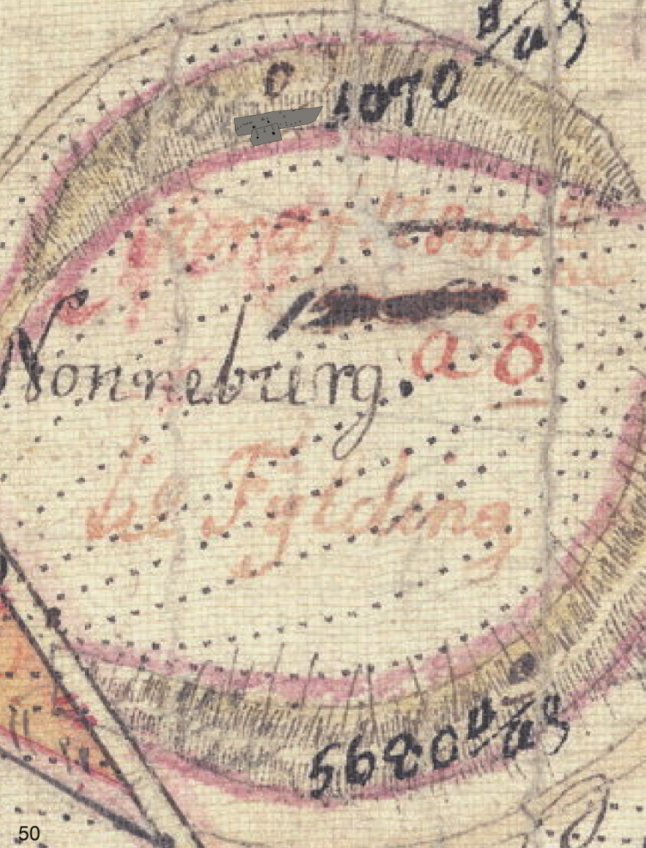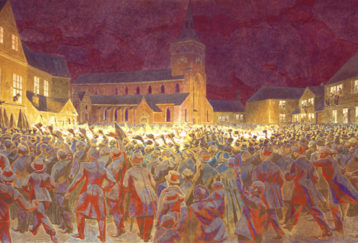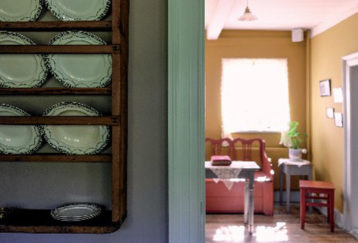
It sizzled and sprinkled while the fire blazed under the pot, it was the cradle of the tallow light – and out of the warm cradle the candle slid, whole, gleaming white and slender. It was formed in a way which made everybody who saw it believe that it would promise a bright and splendid future – and this promise, which was seen by everyone, it would truly keep and fulfill.
The sheep – a dainty little sheep – was the mother of the candle and the melting pot was its father. From its mother it had got its dazzling white body and an idea about life; but from its father it had got the desire for the blazing fire, which once would go through it to the marrow – and “shine” for it in life.
Yes, thus it was formed and cultivated, when it, with the best, the brightest expectations, threw itself into life. There, it met an infinite number of fellow creatures whom it took up with; for it wanted to get to know about life – and maybe thereby to find the place where it best belonged. But the candle had far too much faith in the world; the world only cared about itself and not at all about the tallow candle, since it could not understand what use it could be and therefore tried to use it to its own advantage but handled it in the wrong way.
Black fingers left bigger and bigger stains on the pure colour of innocence; this gradually faded away and was completely covered with dirt from a surrounding world which had come far too close to it, much closer than the candle could withstand, since it had not been able to tell the pure from the impure, – but deep inside it was still innocent and uncorrupted.
Then, the false friends perceived that they could not reach inside – and in anger they threw away the candle like a useless thing.
All the good were kept away by the black layer on the outside, – they were afraid to be smitten by the black colour, to get stained, – and so they kept away.
Now, the poor tallow candle was so lonely and forlorn, it had no idea what to do. It saw itself rejected by the good, and realized now that it only had been used as a means to forward evil. It felt so immensely ill-fated, because it had lived its life to no use, yes it might even have besmirched what was better by keeping it company -, it could not fathom why or for what it really had been made, why it was to live on this earth – and maybe corrupt itself and others.
More and more, deeper and deeper, it pondered, but the more it thought the greater its despondency became since it could not find anything good, any real substance for itself – or see the end that it had been given when it was born.
It was as if the black layer had also covered its eyes.
But then it came across a little flame, a tinderbox; it knew the candle better than the candle knew itself; for the tinderbox saw so clearly – right through the outer layer – and inside it found so much good: therefore it approached it, and bright conjectures were roused in the candle; it was lit and the heart inside it melted.

The flame blazed – like a joyous marriage torch, everything became bright and clear and the candle lit up the way for those around, its true friends – and successfully they now searched for the truth under the candle’s vision.
But the body was also strong enough to nourish and carry the blazing fire. – Drop after drop, round and chubby, like sprouts of new life, rolled down the candle and, with their bodies, covered the dirt of the past.
They were not just the corporeal but also the spiritual result of the marriage. –
And the tallow candle had found its place in life – and proved that it was a real candle which shone for a long time to the delight of itself and its fellow creatures. –
Translated by Jacob Bøggild ©


